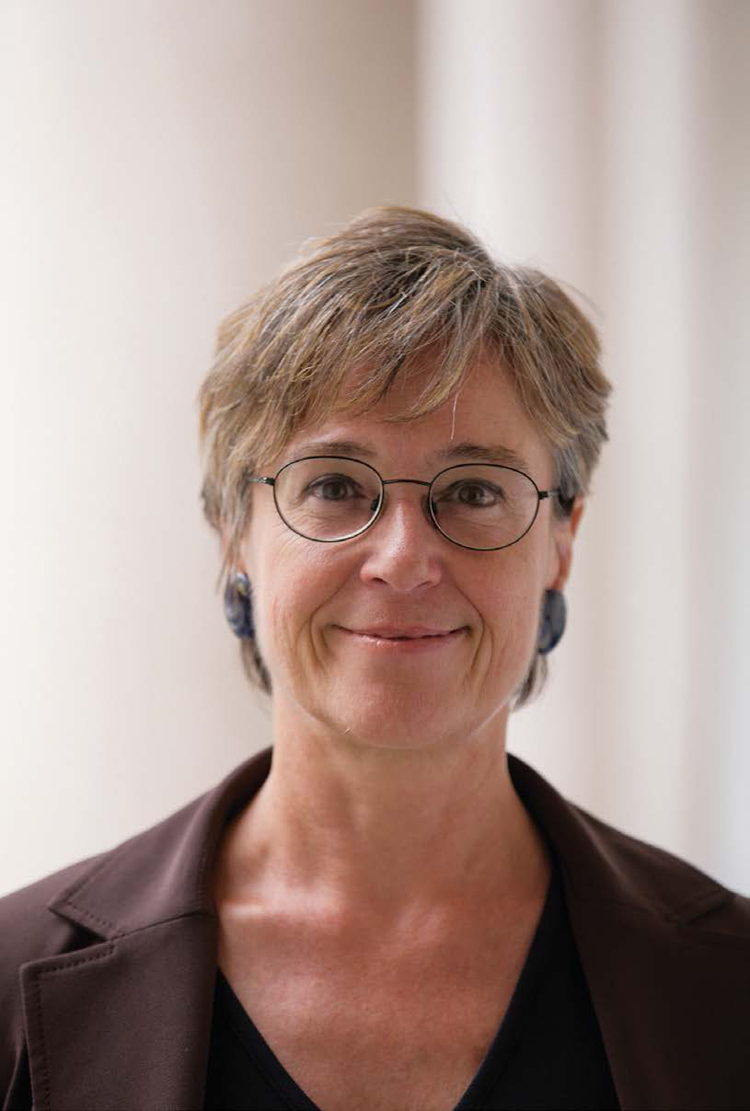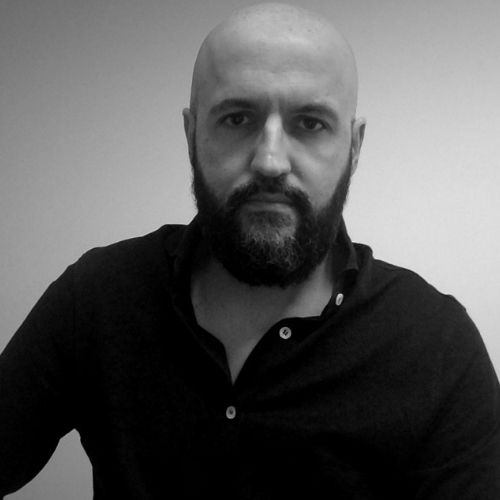
“The circular economy can become an opportunity to systematise and restore meaning to many actions that the former banking foundation system in Italy carries out to catalyse and re-circulate resources (ideas, passions, voluntary work, trust, solidarity) in our society,” claims Sonia Cantoni, Fondazione Cariplo’s board member in charge of environmental issues. The foundation system is an important player for Italy’s sustainable development: in 2016 – according to ACRI data (“Associazione fondazioni e casse di risparmio Spa,” “association of Italian savings banks and foundations”) – has allocated the non-profit world (public administration and third sector associations) €101 million for local development, €14 million for the environmental protection and quality, €27 million to cooperatives and social enterprises, €97 million for education, vocational and formation programmes, with an extra €120 million from the Fund to fight underage educational poverty and €124 million for research and development. In addition to non-repayable funding there are assets investments linked to the mission: €4.4 billion in 2015 equalling about 11% of total assets.
Were banking foundations able to secure a role for themselves in the transition towards a circular economy?
“The circular economy is a kind of economy designed to regenerate itself, promoting process and product innovations. We, at Fondazione Cariplo, find it interesting to look at the bigger picture taking into consideration both objective (meeting not only material needs but more generally individual and community wellbeing), modes (promoting also non-monetary trading systems) and impacts (promoting social, life style and consumption innovations). In other words, also a model to rethink the use of non-material resources, for instance social ones.”
From your vantage point, have those who potentially could collaborate to develop projects within the circular economy got adequate knowledge of what the actual role of foundations would be?
“We are noticing that the way we are perceived is changing: organizations, institutions and people understand that we are no longer banks, but modern philanthropists. Foundations are increasingly committed to communication; as a result, we are involved in situations that up to some time ago were unknown or far removed from us, such as collaborations with companies. The famous virtuous triangle, desired by Chairman Guzzetti – public-private-social-private – is more and more real, in various forms all over Italy.”
Are professionals able to access foundations’ funds still missing?
“In Italy, the non-profit sector is still somewhat unprepared to react effectively to old and new society’s ills, with innovative solutions that for instance redefine and upgrade demand itself rather than just responding to it (think about the mobility demand in large cities), in order to prevent rather than repair. Not to mention the fact that faced with accomplished or future disasters (the effects of climate change for instance), we need to be more and more resilient. Many public administrations seem to be overwhelmed by an on-going and growing demand for intervention and this is not supported by resources; but also by political instability producing frequent strategy and intervention changes. And many precious intelligence, trust and voluntary work resources present in our civil society are thus wasted.”
Is it also the third sector’s responsibility?
“In the third sector, too many organizations only fight their daily battles for survival, without achieving a genuine step change, working in an integrated way by activating synergies, reorganizing, to embrace new routes and languages. We trust in the new innovating potential the recent reform set in motion. The third sector is already substituting the government, but this is neither enough nor fair: it can hopefully play the role of third pillar of Italy’s economy, of a new economy activating and re-circling scattered resources of active and responsible citizens, alongside the public and private sector. But it also needs a step forward that can be taken only thanks to adequate economic support and education. There is a need for ideas, courage and above all a shared vision. Foundations can act as catalysts and support such change. A cross-sectorial programme launched by Fondazione Cariplo in 2016 on an initiative by service-to-the person Area and the new-born Fondazione Giordano dell’Amore Social Venture (collecting and reactivating in synergy the experience and the resources of two more historic foundations with a social purpose), with assets totalling €20 million is doing just this: for the first time in Italy a training programme of the third sector (managed with cutting-edge technologies), a public competition for the organizational improvements of institutions, a series of workshops on ad hoc themes and a platform to promote and fund social enterprises will be activated.”
How are the projects to be funded selected?
“Neither randomly nor self-referentially. Within our foundation, there is a well-established practice of dialogue, prior to the announcement of the competition, with recipients. In the selection of applications (mostly comparative) the consistence with the multi-annual planning tools of the foundation is evaluated. Offices suggest selection criteria and take into consideration internal as well as external competent organs. They are communicated in a transparent manner. For instance, did you know that every year Fondazione Cariplo announces new competitions on line and in streaming? And there are over 5,000 people attending meetings.”
How can any association pinpoint the most appropriate foundation for their project?
“It must study very carefully the working rules of that foundation: the area covered, its strategic objectives, the intervention criteria, deadlines throughout the year, unless that organization does not operate by spreading ‘random’ resources, but rather through transparent and participatory processes of the strategic objectives, measures and actions. We, at Fondazione Cariplo, are very conscious of this aspect and we are aware we have to manage assets originally derived from public welfare in order to offer jobs to the poor and supply the most pressing material needs and therefore a ‘common good.’”
What are the strengths that make a request for funds interesting?
“Perhaps when the application comes from a network of players (private and public of the third sector, maybe with the involvement of profit entities in their capacity as supporters or co-funders) representing a certain community in any given territory; when it guarantees a certain initiative over time thanks to the participation of all players involved (or those representing them, if scattered throughout Italy) and because it guarantees the use of resources from alternative and complimentary to the foundation resources. Also, when it explores innovative solutions or it suggests ways to adapt successfully-tested solutions by other communities or in other areas.”
What mistakes should be avoided?
“Applications for financial aid supporting life rather than the vitality of an organization, for ordinary management, rather than for innovation projects. Self-referential activities should also be avoided. They are not generally perceived as a need, as a risk, as an opportunity for a community, by the various players in their approach and implementation of a solution.”
What initiatives and tools has Fondazione Cariplo implemented to promote the transition from the circular economy in the areas where it operates?
“If we look at the activity of our foundation (assets at a market price of €7.7 billion at the end of 2016, over 1,000 projects supported on average every year, the equivalent of over €150 million), the initiatives supported by Area Ambiente (‘environmental area’) as well as projects funded with the competitions ‘Costruire comunità sostenibili’ (‘Building sustainable communities’) and ‘Comunità resilienti’ (‘Resilient communities’), the projects funded to save energy in the public administration and to replace fossil sources with renewable ones, the promotion of a ‘Dedicated national centre for the circular economy’ in the Brescia province, the organization of a cycle of public meetings between last March and June (‘Theory and Practice of the Circular Economy:’ all proceedings are available on the foundation website) fall indeed within the circular economy realm. Then there are projects supported by the Research Area via the competition ‘Integrated research in industrial biotechnologies and the bioeconomy.’ We can also associate other initiatives to the circular economy such as those conceived to revamp marginal areas of Lombardy and Piedmont, in particular mountainous areas at risk of depopulation (see ‘AttivAree,’ a cross-sectorial project), or peripheral urban areas (such as cross-sectorial project ‘La città intorno’ (‘The city around’). Indeed, they leverage the demand of a new economy, of self-organisation, of culture by local areas and the widespread supply by social players. And also the ‘sharing’ initiatives as well as the massive social housing programme, conceived by the foundation and that has been supported since 1999, which is developing not only as a social recovery opportunity but also as urban regeneration.”
What has been achieved so far?
“Monitoring and evaluation of the form of disbursement and the single projects are carried out on a regular basis by the foundation to account for all operations carried out and pondering in a critical manner over the effectiveness of the supported activities. Such information, besides being accessible on the website, is included both in the mission statement and annual report. In 25 years the foundation has supported 29,683 project for a total of €2,800 million (€145 million for 1,800 projects supported by Area Ambiente alone, €2 million allocated to 2012 and 2013 editions of the ‘Building sustainable communities’ bid and 30 funded projects, €5.2 million allocated to the 2014-2017 four editions of ‘Resilient communities’ competition and 54 supported projects), over €11 million made available since 2014 in the various edition of the ‘Integrated Research in industrial biotechnology and the bioeconomy,’ which funded 41 projects and €1 million towards the opening of ‘Dedicated national centre for the circular economy’ in the Brescia province.
“But one of the greatest challenges we are facing is to be able to estimate in a systematic way the impact the foundation can generate on society. Only when such challenge will be overcome will we be able to answer a question like this. A commitment that could prove useful to many organizations of the third sector.”
What is the outlook for the future?
“In 2018, more competitions will be announced – in a broader and more social framework of a circular economy – and the foundation’s allocative departments will be committed to ‘re-circulating the community’s widespread resources.’ For instance, the call for interest of ‘Virtuous territories’ – a project supporting the upgrade of buildings and lighting of public organisations and third sector entities through FTT (third-party financing arrangements) with the help of Energy Service Company, ESCo, will be reintroduced.
“With reference to more well-established and characteristic themes of the circular economy, the Research Area will focus the allocated resources to environmental issues and to the competition announcement on industrial biotechnologies on a more effective and sustainable use of natural resources and valorisation of production waste, thus offering employment opportunities for young people and promoting across the board the innovation of the production system of Italy within the Circular Economy. Thanks to the activities promoted by Cariplo Factory, a strategic alliance with Gruppo Intesa San Paolo is being established. The Group has been interested in such themes for some time and since 2015 it has become Ellen MacArthur Foundation’s global financial partner.”
Fondazione Cariplo, www.fondazionecariplo.it/en/index.html
Top image: dimitrisvetsikas1969_pixabay_CC0



